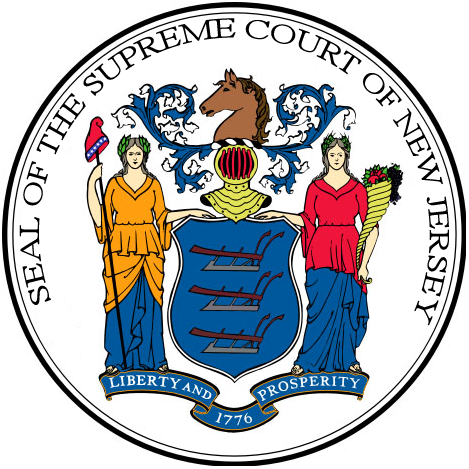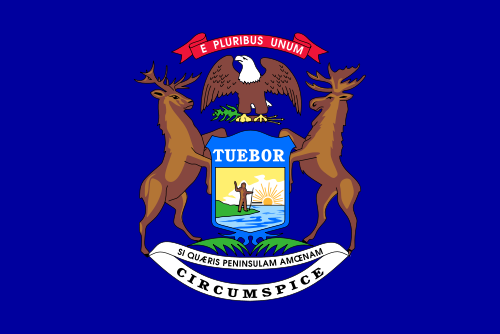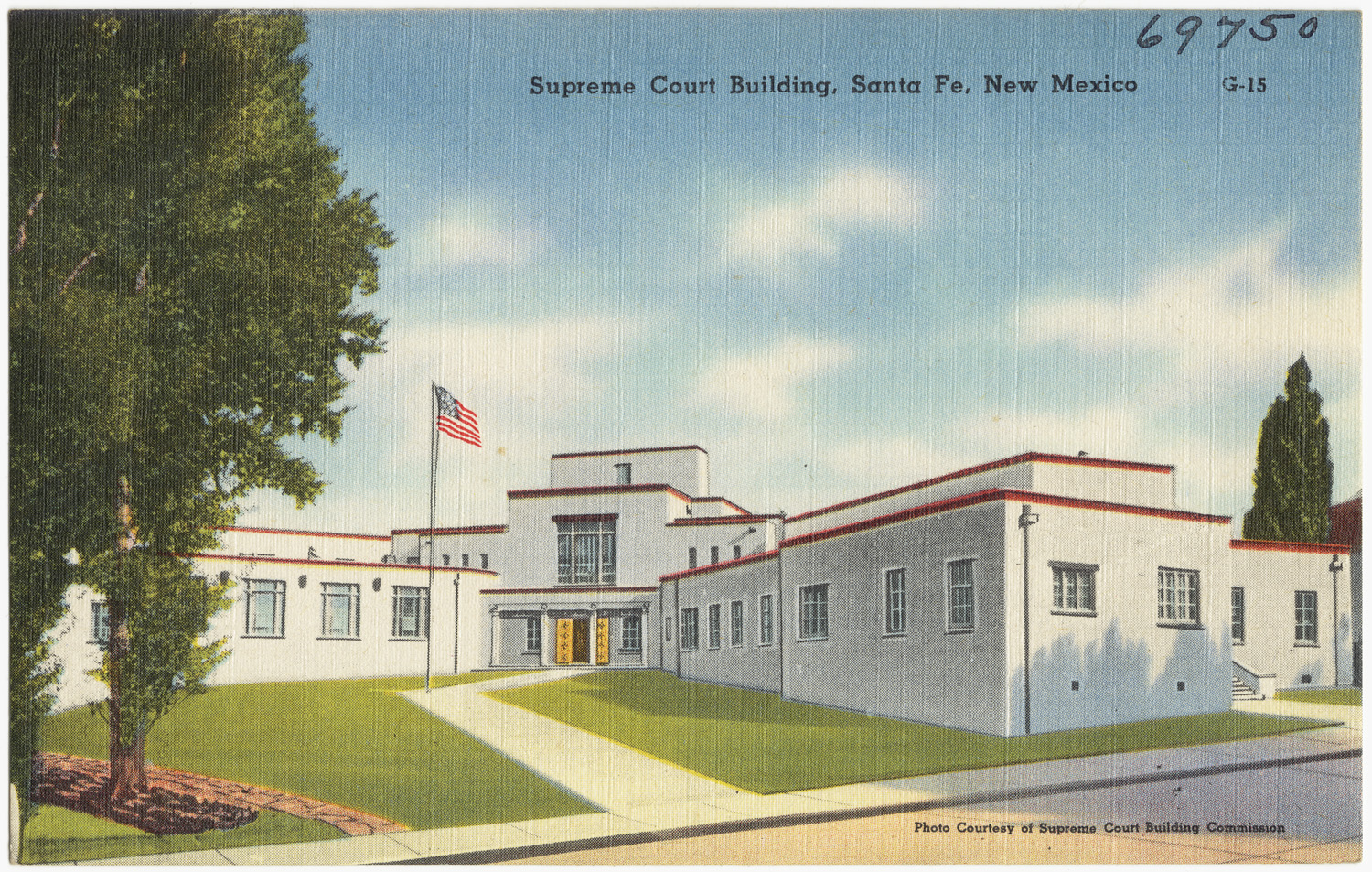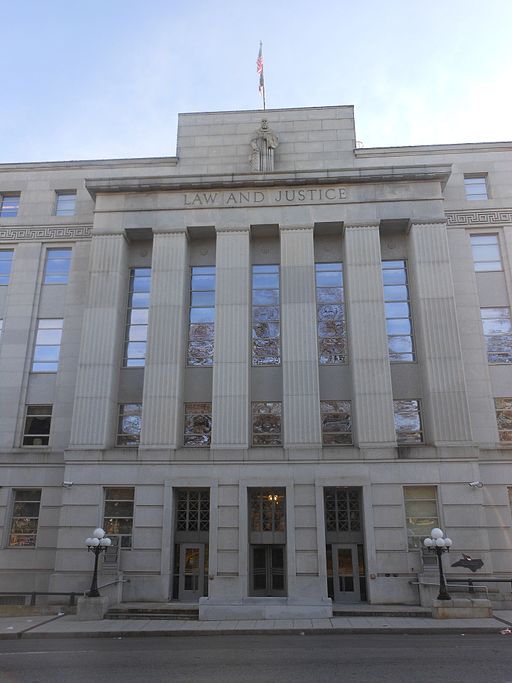Author: Luke Seeley
-
Michigan/Ohio Judicial Selection Method yields most visible partisanship

The Michigan-Ohio method of judicial selection manifests the most signs of partisanship out of any of the eight methods used across state supreme courts, according to Ballotpedia’s recently-published study on state supreme courts. There are three broad categories of state supreme court selection: Assisted Appointment, Direct Appointment, and Election. Within these three broad categories, there…
-
Breaking down partisanship on the New Jersey Supreme Court

A recent Ballotpedia study on state supreme courts revealed that of the seven justices on the New Jersey Supreme Court as of June 2020: Two justices had some level of affiliation with the Democratic party Four justices had a Republican affiliation One justice had an indeterminate partisan affiliation. In “Ballotpedia Courts: State Partisanship”, we gathered…
-
Breaking down partisanship on the Delaware Supreme Court

Delaware is the only state in the country with a constitutional requirement mandating partisan balance on the state supreme court. In 1851, Delaware amended its constitution to include: “three of the five Justices of the Supreme Court in office at the same time, shall be of one major political party, and two of said Justices…
-
Partisan shift on Michigan Supreme Court

The November 2020 election changed the partisan balance on the Michigan Supreme Court from Republican to Democrat control. The partisan balance on the court flipped from 4-3 with Republicans controlling the court to 4-3, with Democrats controlling the court. The two seats up for election on the court were held by Bridget Mary McCormack (D)…
-
Governor’s appointment shifts New Mexico Supreme Court partisan balance

New Mexico Governor Michelle Lujan Grisham (D) appointed Julie Vargas (D) to the New Mexico Supreme Court on December 19, 2020. Vargas succeeds Justice Judith Nakamura (R) who retired on Dec. 1. Vargas was Gov. Lujan Grisham’s third nominee to the five-member supreme court. Her appointment shifted the partisan balance on the New Mexico Supreme…
-
State supreme court vacancies in 2021

So far in 2021, there have been two new state supreme court vacancies in two of the 29 states where replacement justices are appointed instead of elected. The vacancies have both been caused by retirements. In Colorado, Chief Justice Nathan Coats retired on January 1, when he reached the mandatory retirement age of 72. Colorado…
-
Republicans pick up two seats on North Carolina Supreme Court

The results of the 2020 election affected the partisan composition of the North Carolina Supreme Court. Going into the election, Democrats had a 6-1 majority on the court. Republicans held one seat and picked up two net seats, giving Democrats a 4-3 majority. Paul Martin Newby (R) defeated Cheri Beasley (D) in the partisan November…
-
2020 state supreme court election results

Thirty-five states held state supreme court elections in 2020. In total, 78 of the nation’s 344 state supreme court seats were up for election. At 23%, this was the greatest number of seats up for election in recent years. Of these seats, at the start of 2020: 59 were held by nonpartisan justices 12 were…
-
Retention elections and judicial partisanship

State supreme court justices facing retention elections won re-election more often than their counterparts in states using other systems of judicial selection, according to Ballotpedia’s recently-published study on state supreme courts. Between 2008 and 2019, 155 justices have faced retention elections. Incumbent justices won 152 (98%) of these elections. Since 2008, there have been 196…
-
Ballotpedia study: population distribution mirrors state supreme court partisanship

Ballotpedia recently published a new study on state supreme courts entitled “Ballotpedia Courts: State Partisanship”. Among the findings, the study revealed trends in the distribution of the population across the country that closely tracked with the breakdown of partisan control over state supreme courts. The correlation between population distribution and court partisanship was closest among…

